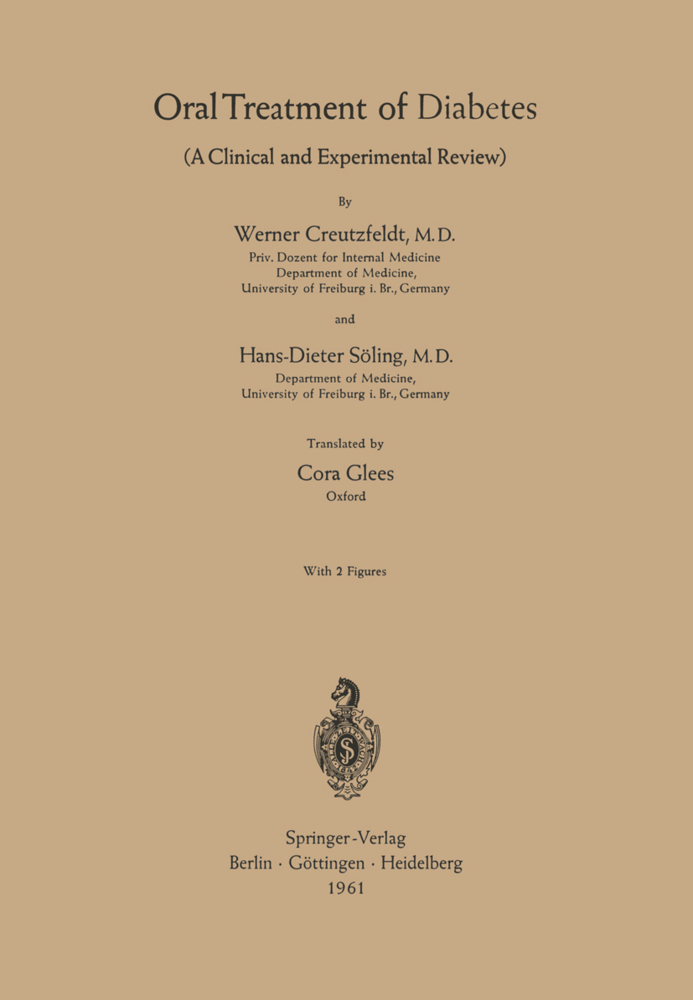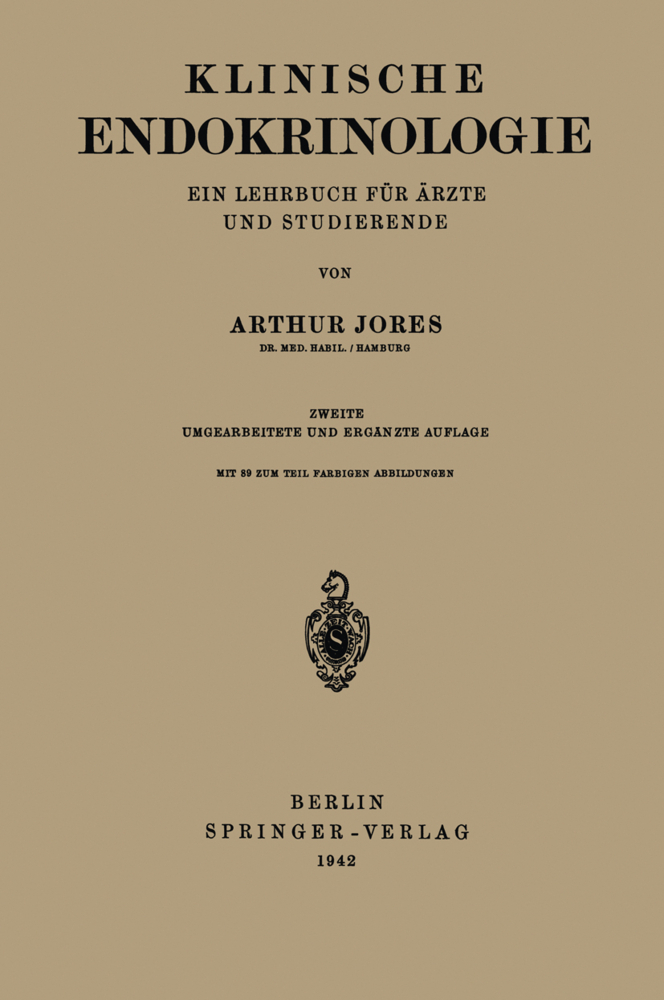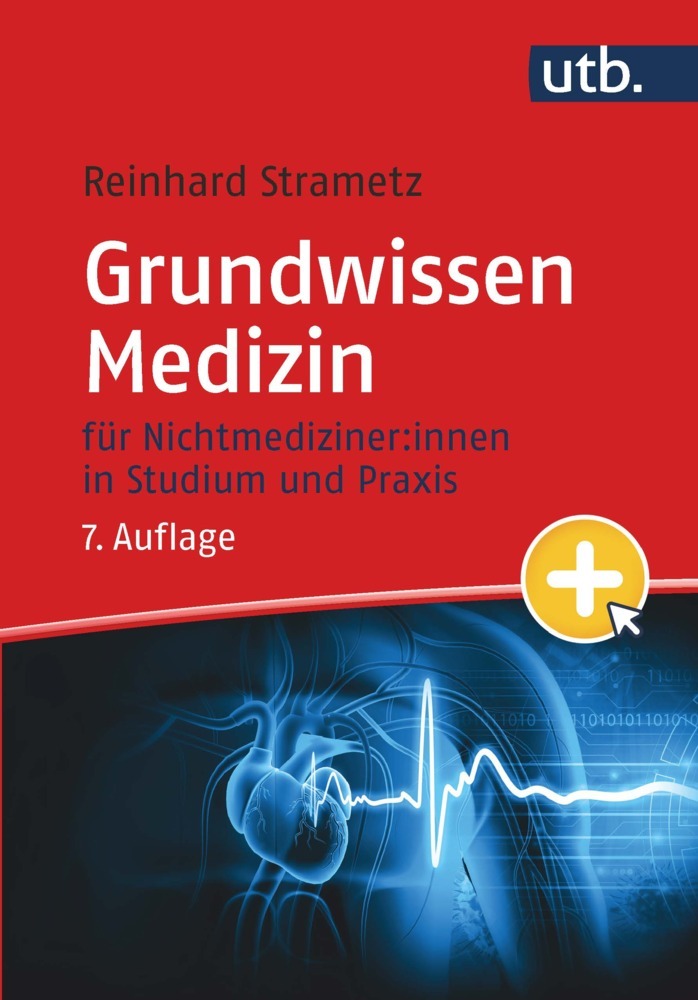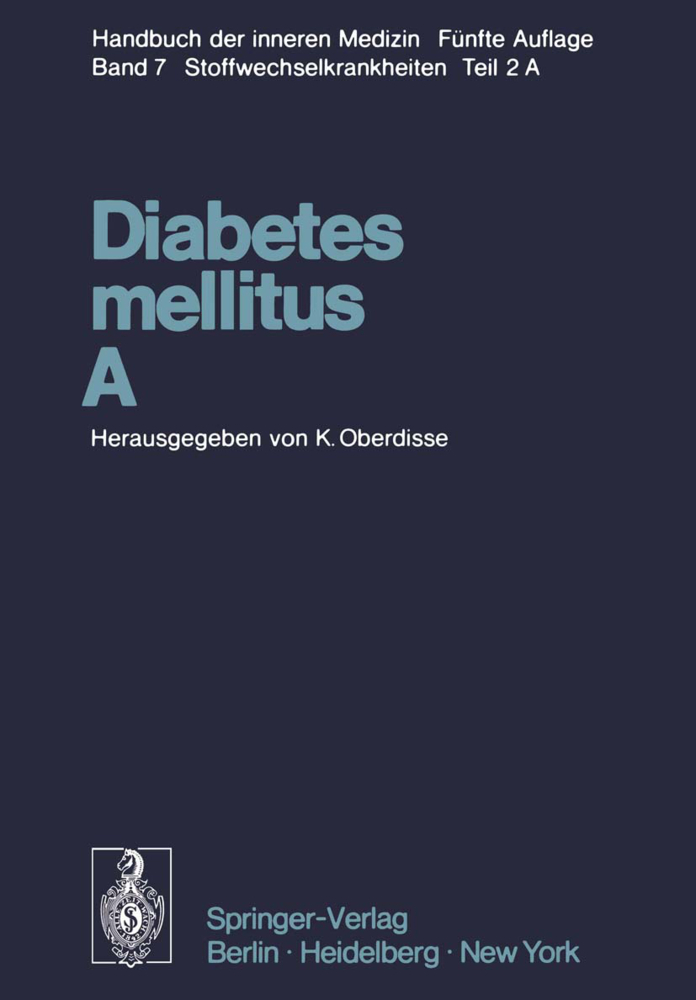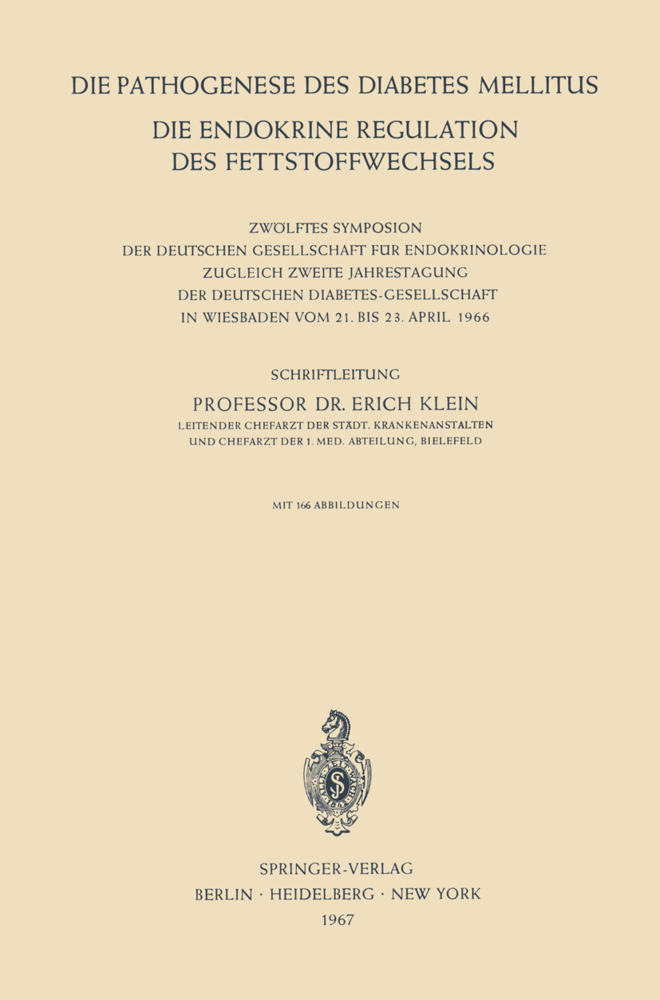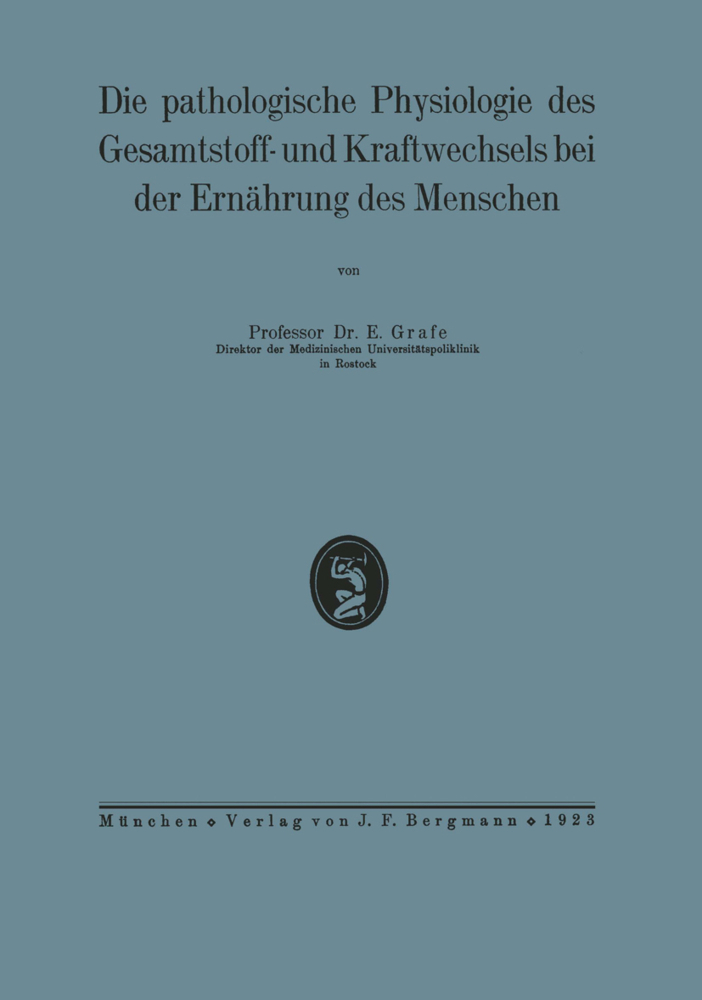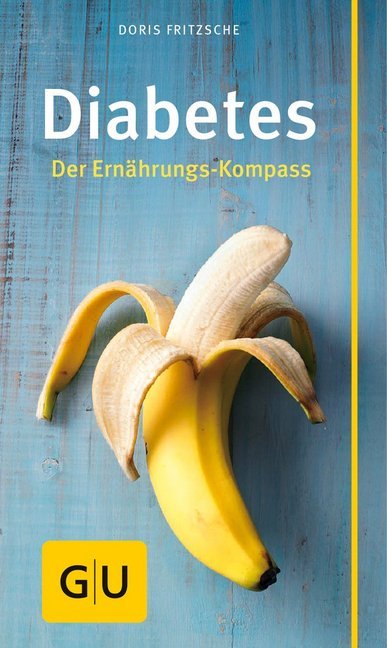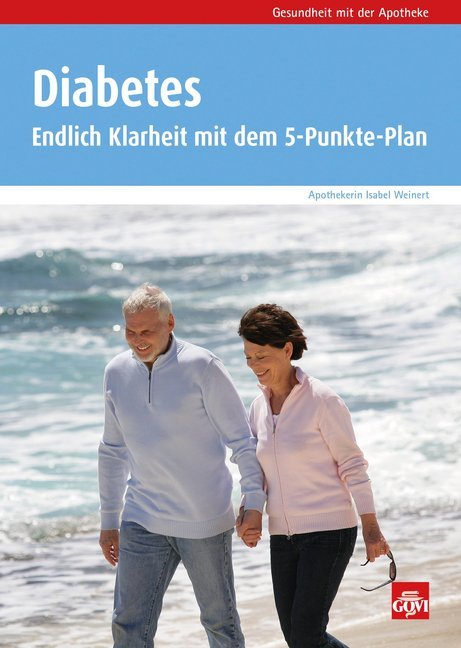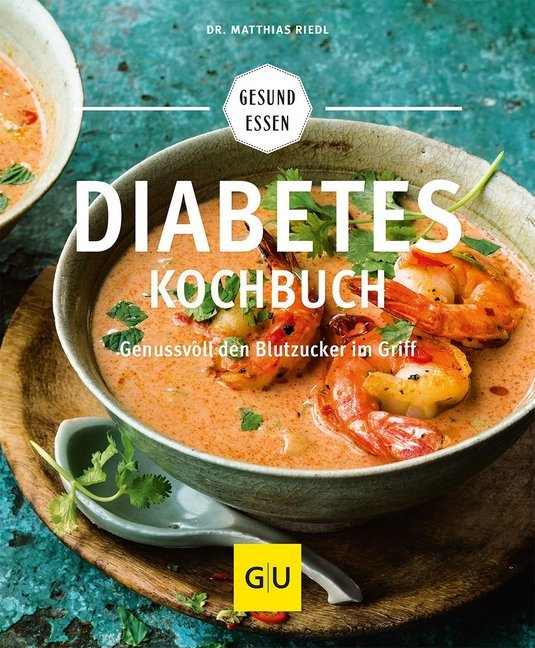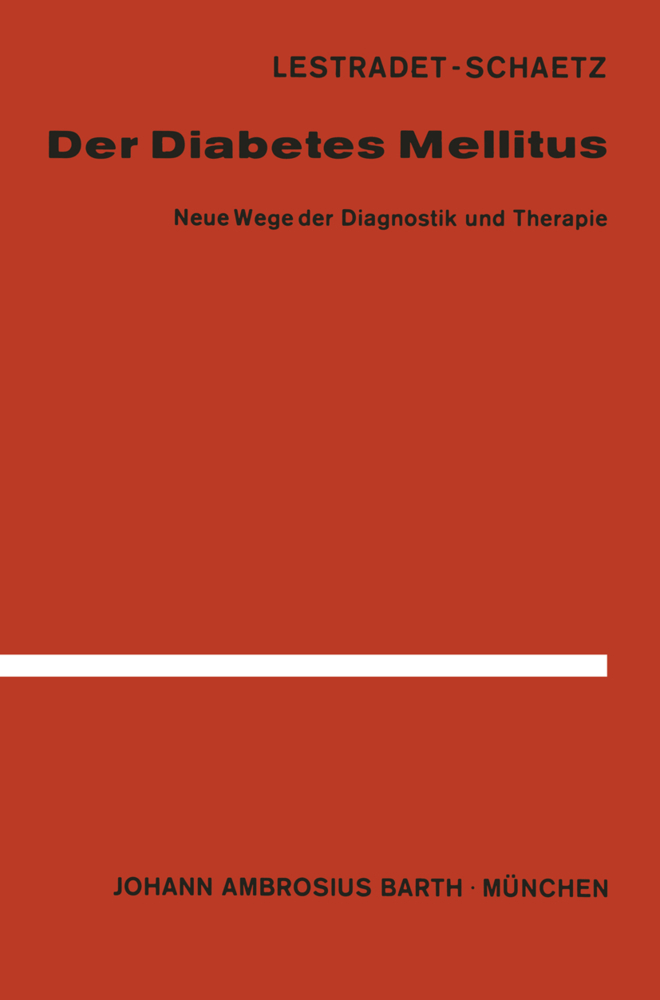Oral Treatment of Diabetes
A Clinical and Experimental Review
Oral Treatment of Diabetes
A Clinical and Experimental Review
The problem of treating diabetes mellitus seemed to have been solved by the discovery of insulin and the production of purified crystalline insulin compounds whose time of effect can be varied by using different additions. Orally applicable substances for reducing the blood-sugar level have been searched for in order to free the diabetic from the necessity of daily injections. There are also other reasons for this research. Pathophysiological investigations in diabetes mellitus have shown that metabolic errors are not always based on a simple insulin deficiency but that in many cases other insulin antagonistic factors playa part. For instance ,the concept of deficiency diabetes growth-onset type, usually found in juveniles and ectomorphs, was contrasted with the concept of hypertensive diabetes (R. SCHMIDT 1924, 1930) or "Gegenregulationsdiabetes" (BERTRAM) or ,,"Oberfunktionsdia betes" (BARTELHEIMER 1940) or "Lipoplethoric diabetes" (LAWRENCE) in which there is a positive correlation to the adipose hyperplastic habitus with hypertensive tendencies (BARTELHEIMER 1940, ApPELS 1951). In this type of diabetes there is no ketosis tendency and a low insulin glucose equivalent, i. e. relative insulin resistance (F ALTA) due to a hormonal imba lance (too much blood-sugar-raising hormone is produced by the anterior pituitary lobe and the supra-renals and possibly also glucagon) or, to increased insulin de gradation in the organism, especially the liver (insulinase system, MIRSKY 1949, 1956).
B. Sulphonylureas
Guanidine and guanidine derivatives
A. Guanidine
B. Constitution and the blood sugar lowering effect of various guanidine derivates
C. Experimental research on various guanidine derivatives
D. Clinical experiments with various guanidine derivatives
Further substances proved as oral anti-diabetic drugs
A. Salicylate and salicylate derivatives
B. Other benzoic acid derivatives
C. 2,4-dinitrophenol (DNP)
D. Mesoxalic acid
E. Antihistamines and sympathicolytica
Blood sugar lowering substances without clinical significance
A. Hypoglycin A and B
B. Mono-iodo-acetic acid and iodo-acetamide
C. Tris(hydroxy-methyl)-amino-methane (TRIS-buffer)
D. Less important blood sugar decreasing drugs and insufficiently investigated preparations
References.
Blood sugar lowering sulphonamide derivatives
A. Thiodiazole derivativesB. Sulphonylureas
Guanidine and guanidine derivatives
A. Guanidine
B. Constitution and the blood sugar lowering effect of various guanidine derivates
C. Experimental research on various guanidine derivatives
D. Clinical experiments with various guanidine derivatives
Further substances proved as oral anti-diabetic drugs
A. Salicylate and salicylate derivatives
B. Other benzoic acid derivatives
C. 2,4-dinitrophenol (DNP)
D. Mesoxalic acid
E. Antihistamines and sympathicolytica
Blood sugar lowering substances without clinical significance
A. Hypoglycin A and B
B. Mono-iodo-acetic acid and iodo-acetamide
C. Tris(hydroxy-methyl)-amino-methane (TRIS-buffer)
D. Less important blood sugar decreasing drugs and insufficiently investigated preparations
References.
Creutzfeldt, Werner
Söling, Hans-Dieter
Glees, Cora
| ISBN | 978-3-642-52693-0 |
|---|---|
| Medientyp | Buch |
| Copyrightjahr | 2012 |
| Verlag | Springer, Berlin |
| Umfang | VIII, 192 Seiten |
| Sprache | Deutsch |

